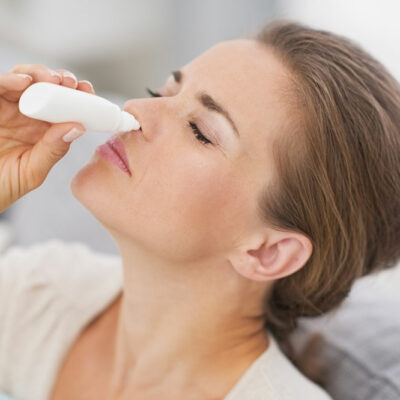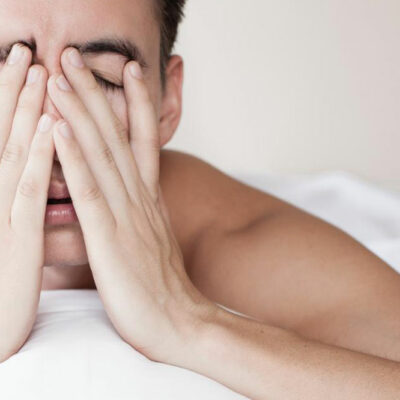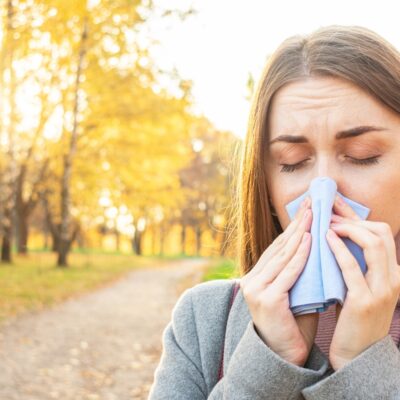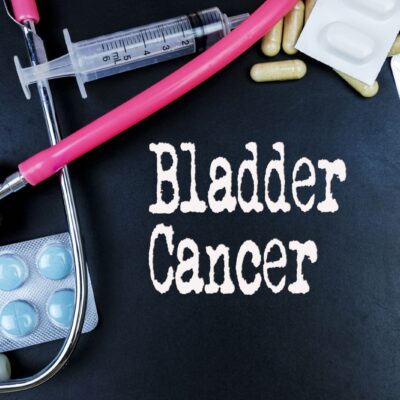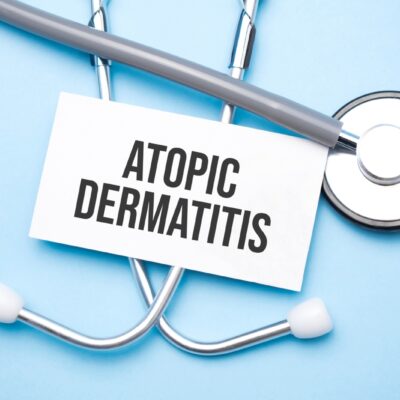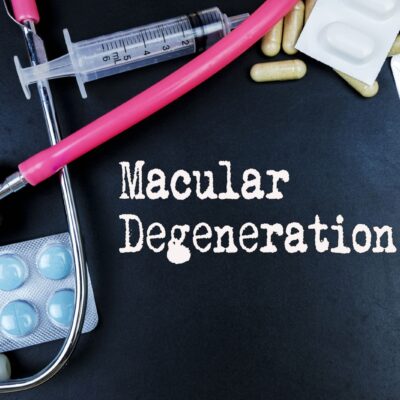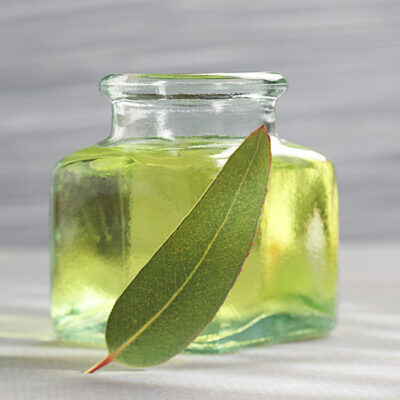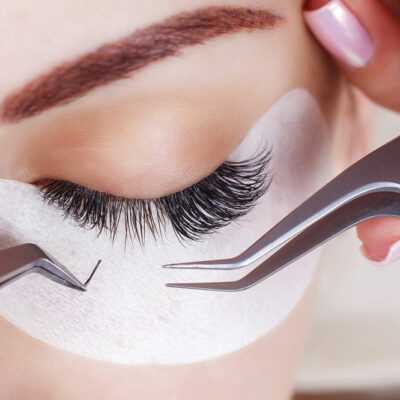
Health
Treatment Options for Alcohol and Substance Abuse
Substance and alcohol abuse is seen in people with destructive and incorrigible addiction issues, and various treatment options are catered to each individual. Researchers termed these terms when they found out that such abuse could be linked to mental health issues and handled professionally. This disease could get compulsive, destructive, uncontrollable and harmful to the human body. Some people do not seek help and have these issues lasting lifelong. Brain functions and behavior are affected due to the uncontrollable abuse of alcohol and substances. While some people manage to avoid and control the use, some find it really hard to get out of addiction. The consequences of alcohol and substance abuse are dire, and treatment options for underlying issues are the key to the problem. 12-step Program This is a de-addiction program wherein the patterns of substance and alcohol abuse are learned, and a treatment option in the form of reverse psychology is provided to the patient. This program includes behavioral treatment, conceptualization, terminal illness management, lifestyle changes, network community formation, orientation, medication, psychological help, therapy, etc. This approach was published in the 1939 self-help book for alcoholics anonymous called “The Big Book.” The patients who have undergone this approach of de-addiction have said this gave them physical and mental peace.
Read More 